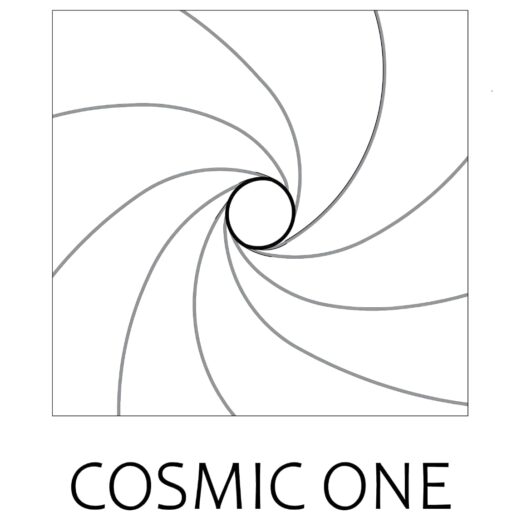Once we established populations off guppies to cues appearing a leading risk out-of predatory fish 39 , we located, having fun with a social networks approach, that large thought likelihood of predation lead to the fresh stabilisation and enhanced distinction from societal matchmaking versus handle populations. Which intensification regarding societal relationships coincided which have fish shoaling inside the faster teams, and therefore we suggest get echo pÅ™Ãklady profilů muzmatch a conflict amongst the anti-predatory great things about creating big teams against that from forming more powerful dating.
Mesocosm-level effects.
Over the ten-date experimental months, suggest group items into the mesocosms turned notably faster about predator-exposure procedures (where guppies ended up being exposed to signs appearing intense exposure off predatory fish, pick Strategies) compared to regulation (cures x time: P = 0.006; treatment: P = 0.002; day: P = 0.005; Fig. 1a), having article-medication classification designs getting step three.05 ± 0.07 regarding the predator procedures and you will 3.48 ± 0.ten (mean ± standard mistake) on the control. That it 12% huge difference is very well-known due to the fact category systems are often expected to boost in terms of predation risk 8 . Because brand new experimental procedures written differences in category dimensions, and you can group proportions is also determine other social network procedures separately of biological effects forty , i controlled for the effect on next personal metrics having fun with permutation techniques (find Tips).
Abilities
Designs from classification proportions (a) and you will societal differentiation (coefficient off type regarding connections) (b) during the mesocosm height round the treatments and you can sampling months. Circles reference brand new indicate values calculated regarding imputed (a) or noticed (b) research and you can rectangles toward 95% count on times calculated out of permuted studies (into the horizontal range in this for every rectangle illustrating the brand new imply out of all the permutations). (c) User (randomly chose) internet sites fashioned with a spring-design illustrating the change into the societal build between your birth (left a couple graphs) and you can avoid (right one or two graphs) of your test as the a purpose of experimental therapy. Node number and you may proportions refers to the ID and the entire body size of the person, border occurrence means organization fuel, and every node’s rated colour makes reference to boldness. (d) Noticed and you will simulated suggest clustering coefficients regarding blog post-cures association measures off communities in the a couple fresh solutions.
During the experimental period, all 16 experimental populations exhibited significant, non-random social differentiation (measured as the coefficient of variation (CoV) in association strength), showing that fish were forming preferential social ties with specific individuals (Omnibus test; pre-exposure; ? 2 = , df = 32, P < 0.001; post-exposure; ? 2 = , df = 32, P < 0.001). In addition, risk perception significantly affected the degree of social differentiation, where social ties in the eight populations exposed to the predation cues became more differentiated compared to the eight control populations (linear mixed model (LMM): treatment x day: P < 0.001; treatment: P = 0.006; day: P < 0.001; Fig. 1b and 1c). Differences in social differentiation can be driven by social preferences, but also by environmental influences on spatial behaviour. For example, predation risk could cause individuals to be less exploratory, for instance, by spending more time near refuges and shelters, leading them to associate more frequently with their immediate spatial neighbours and thus increase social differentiation independent of social preferences (e.g. ref. 41). However, we found no evidence that the predation treatment influenced the amount of space used by social dyads during the second sampling period (generalised linear mixed model (GLMM); ? 2 = 0.27, P = 0.602); indicating that the difference in social differentiation between the two treatments was not driven by variation in space use. In addition, there was no effect of boldness on social differentiation (see Table S1 in Online Supporting information), suggesting that the predation effects on social differentiation we report here were driven by effects on social preference.

Recent Comments